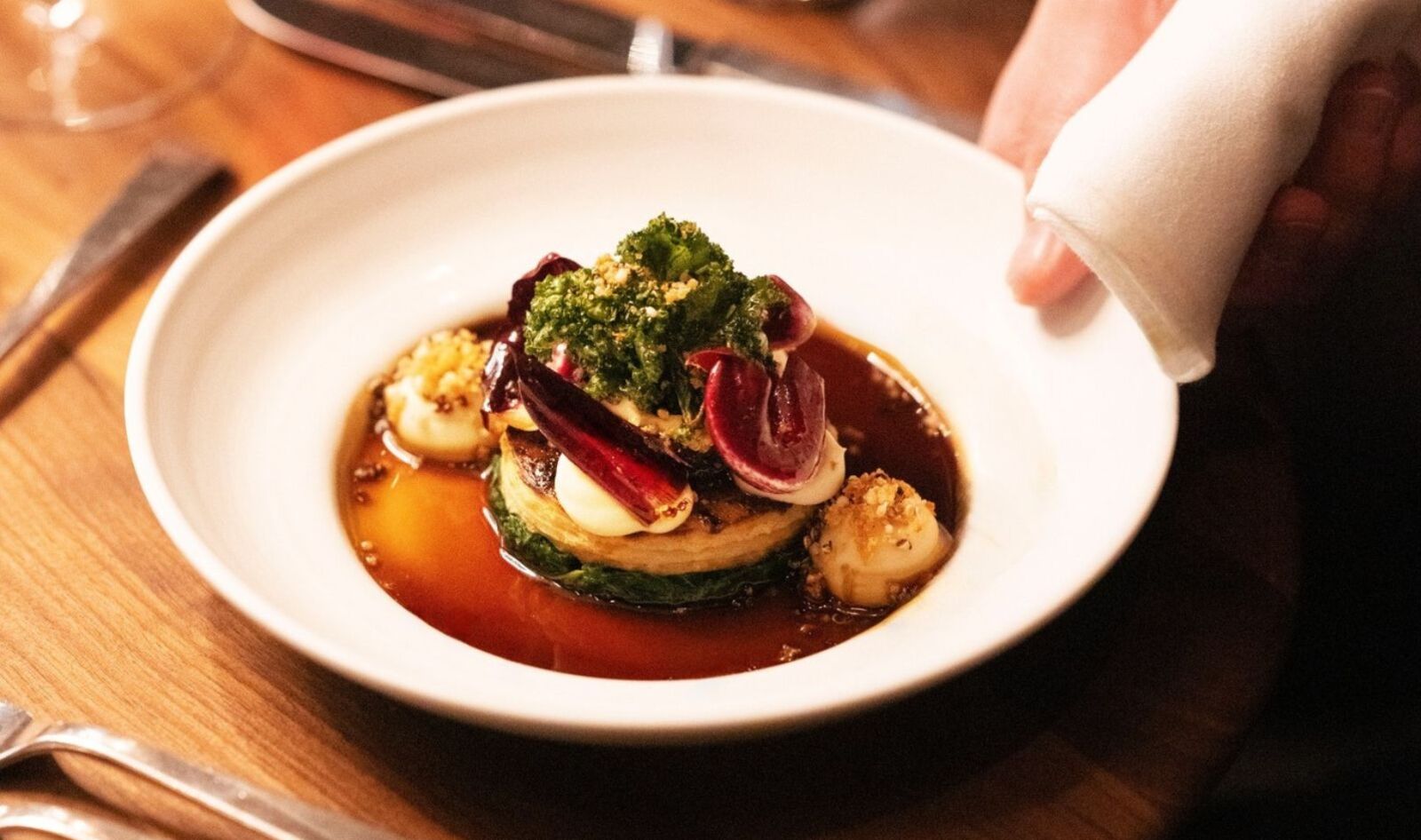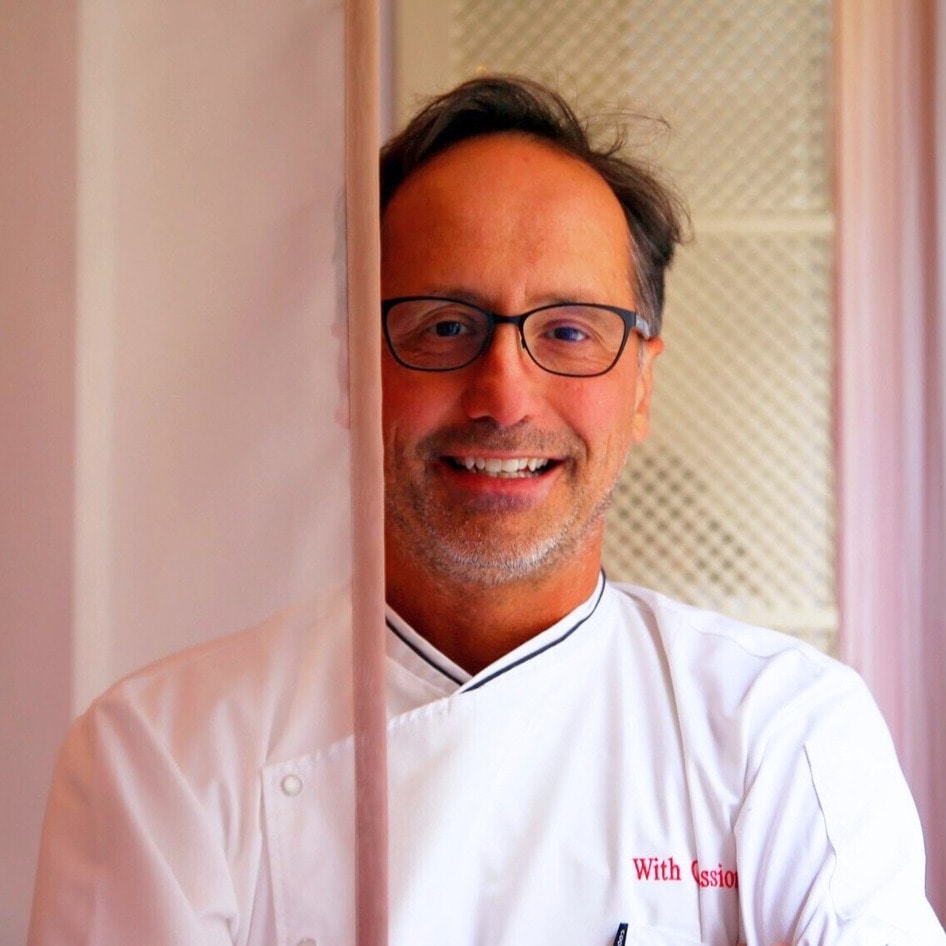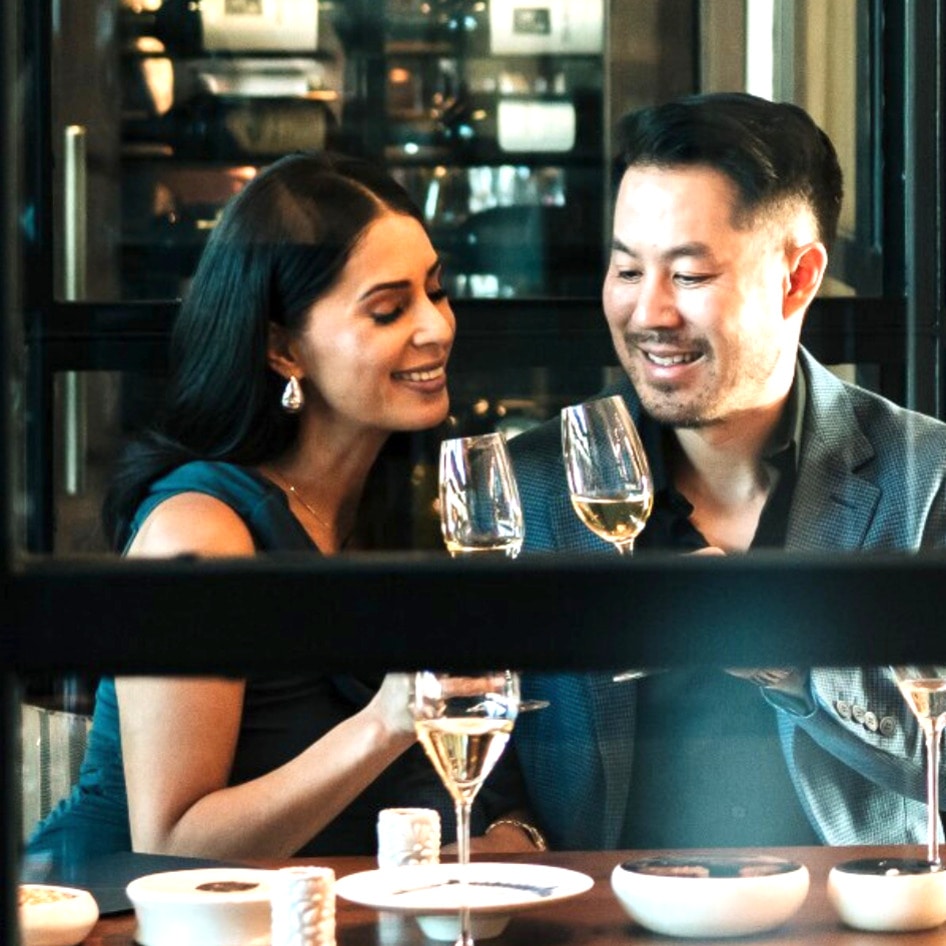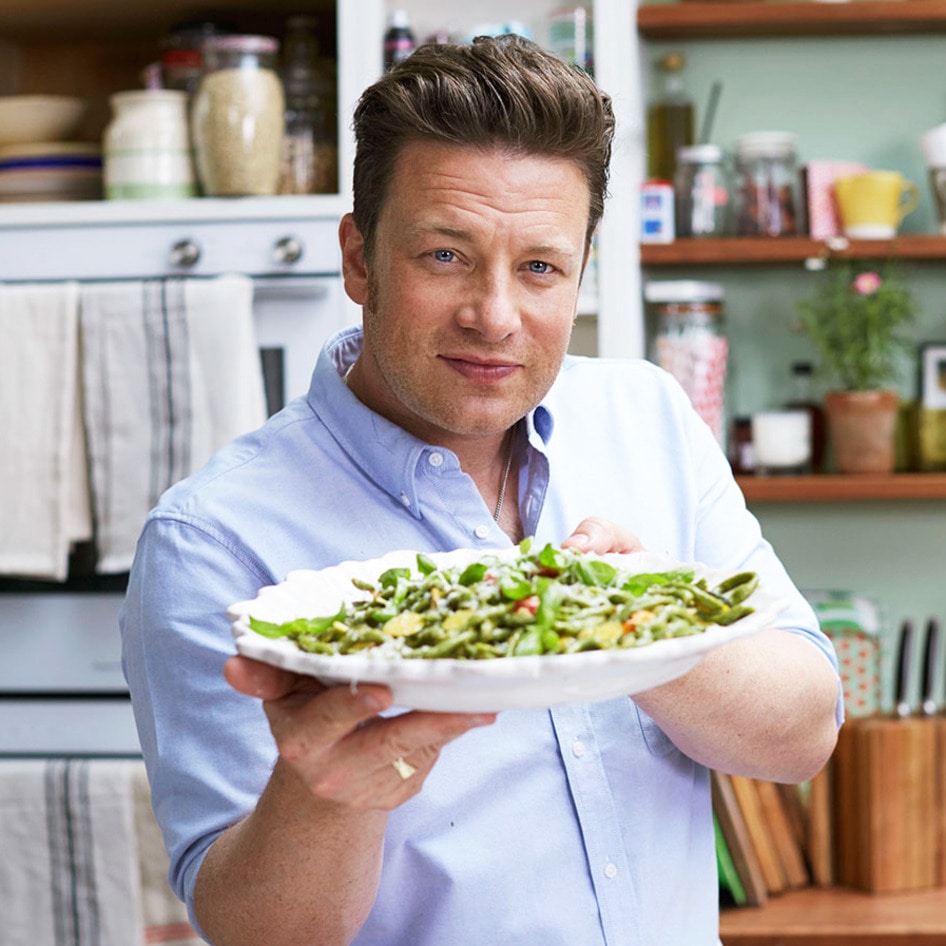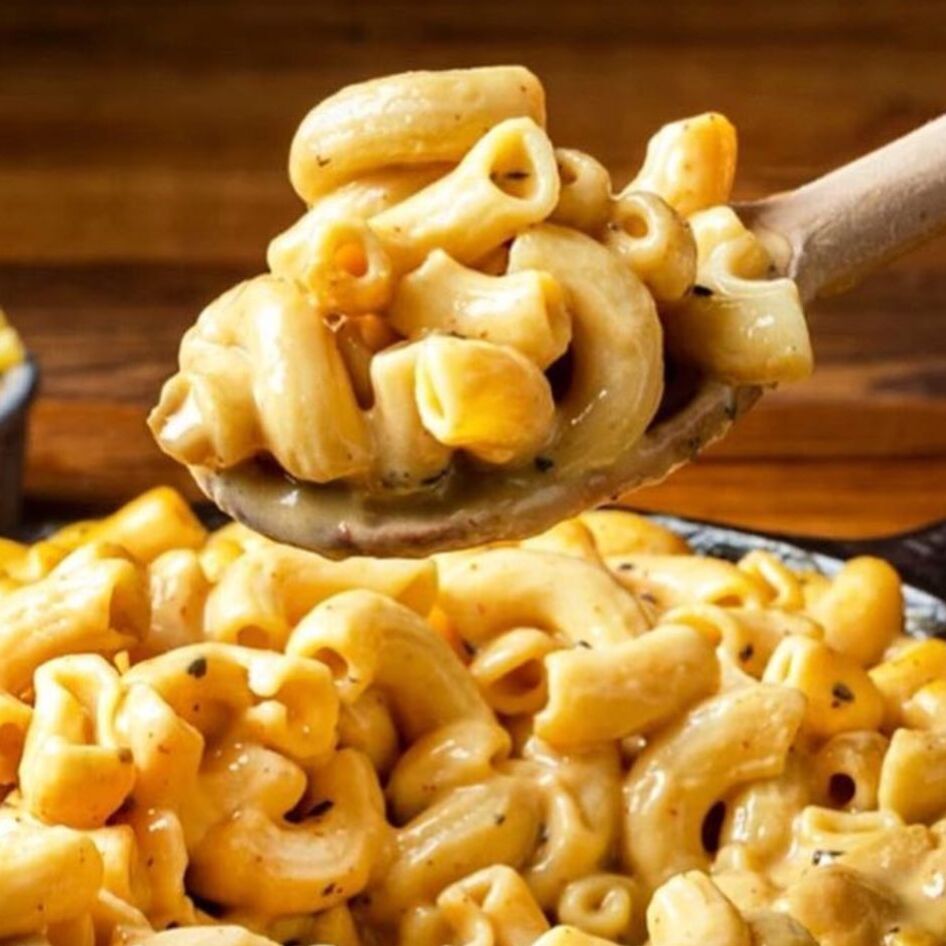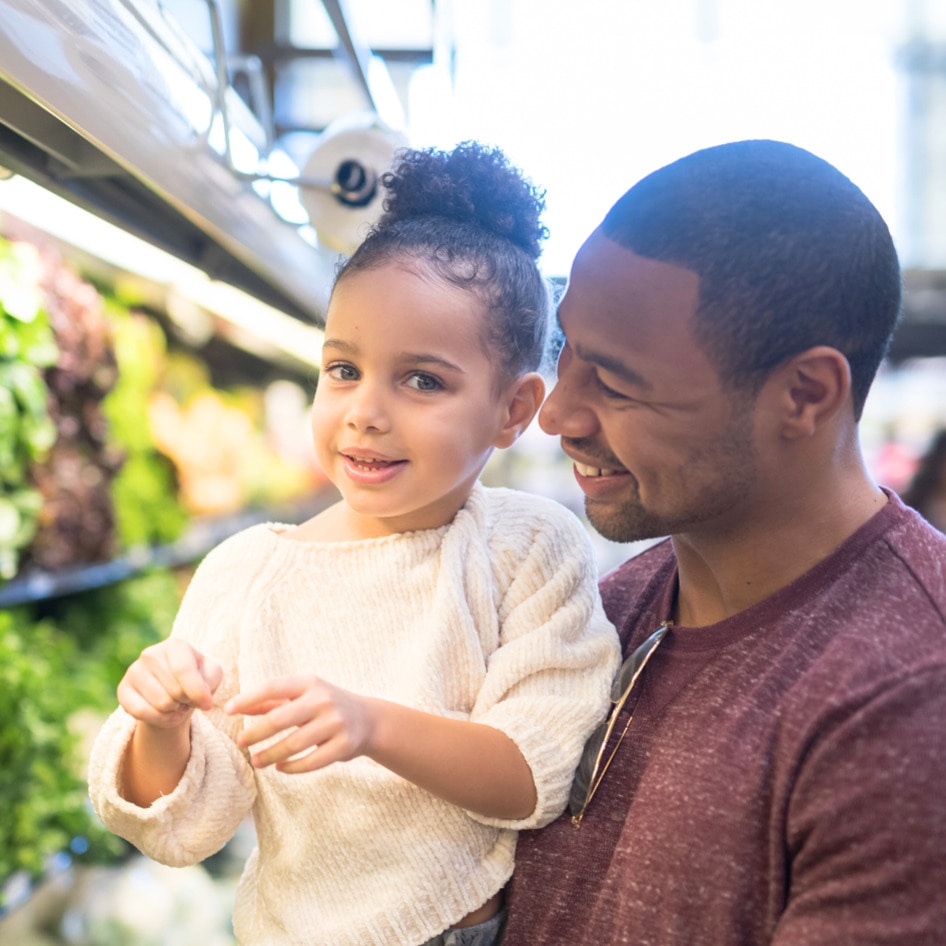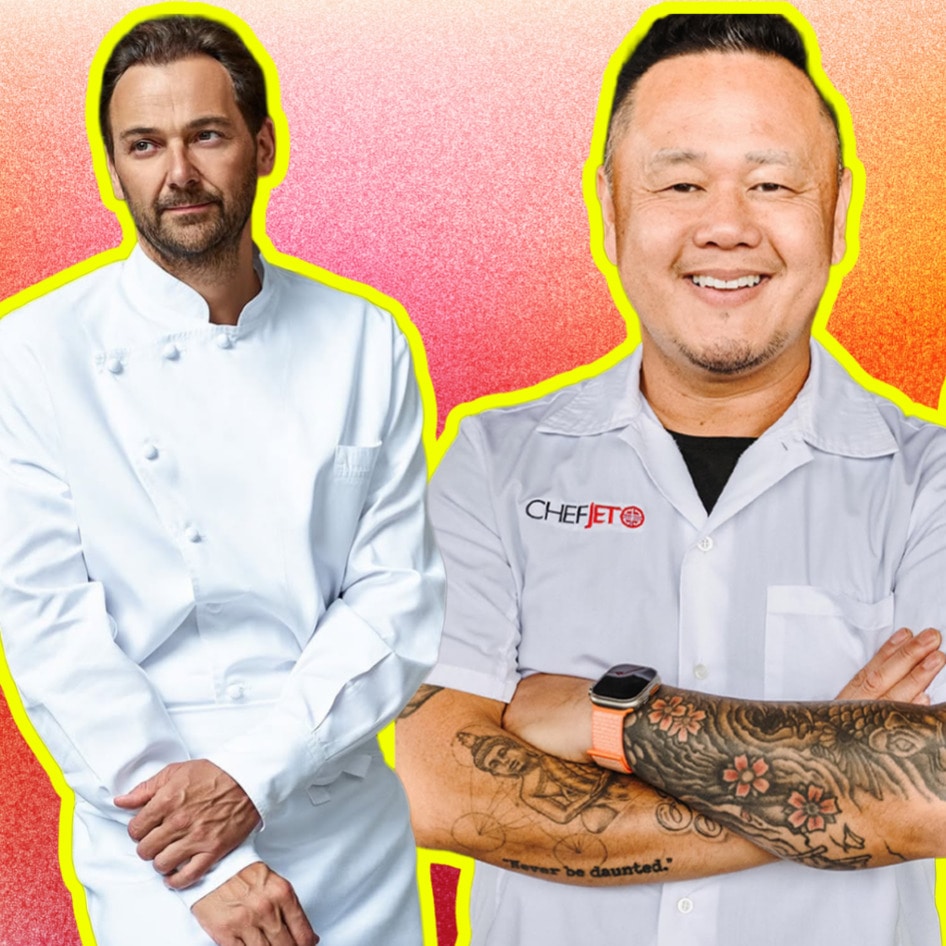A partnership between Relais & Châteaux and Slow Food is already bearing culinary fruit. In announcing its Plant the Future initiative, the association of 580 luxury hotels and restaurants called on its chefs to adopt plant-rich, minimally processed, agro-ecological approaches to sourcing and menu creation.
According to the Food and Agriculture Organization (FAO), intensive meat and fish farming is responsible for 14.5 percent of all human-caused greenhouse gas emissions, and 70 percent of agricultural land is dedicated to livestock or feed-crops. The campaign draws a direct line between what lands on the plate and the health of our planet.
“Choosing plant-based proteins is a powerful way to rethink our food system from soil to plate. Agro-ecology not only boosts soil health and biodiversity while reducing environmental impact, but it also supports local producers and short supply chains,” says Edward Mukiibi, President of Slow Food.
And as Mauro Colagreco, Vice President of Chefs at Relais & Châteaux puts it: “Showcasing agricultural biodiversity and encouraging a more plant-rich approach to cooking has become not only essential but urgent—to protect our planet, care for our bodies, and, of course, delight our guests.”
Reimagining flavor and sustainability in fine dining
At the heart of the movement lies the idea that high-end cuisine need not compromise sustainability—quite the opposite. In Germany, for example, chef Andreas Krolik of the restaurant Lafleur (part of Relais & Châteaux) has offered a fully vegan five- to seven-course tasting menu since 2014, illustrating that plant-rich dining can carry the same complexity and elegance as traditional gourmet fare. His dishes—which range from marinated and filled tomatoes with borage-sorrel sorbet in the juice of seven Frankfurt green sauce herbs to beans with “ham,” truffled celery cream, and lovage oil—showcase how creativity and biodiversity can go hand in hand on a plate.
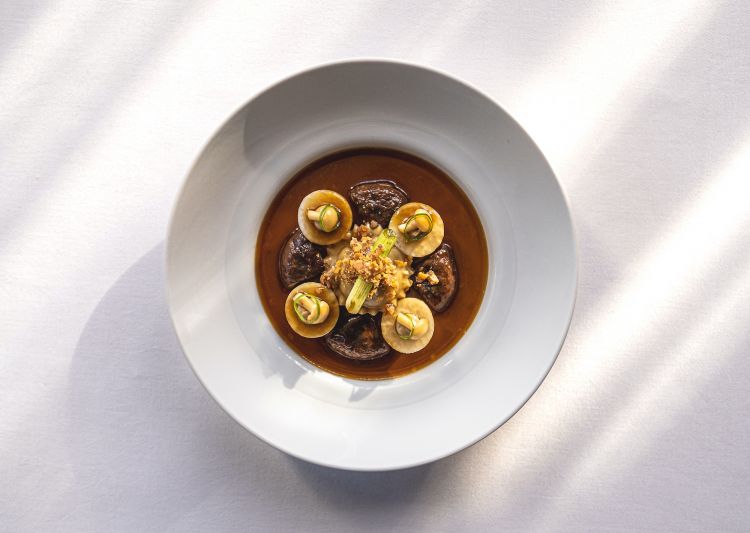 Lafleur
Lafleur
Across the globe, other chefs within the network are rebuilding supply chains and redefining menus to reflect this ethos. In France, chef Xavier Beaudiment in the Auvergne region sources seasonal vegetables and wild herbs from foragers and local market-gardeners, has obtained environmental certifications, and partners with nature-conservation organizations. In Japan’s Oita Prefecture, chef Tashi Gyamtso of Enowa Yufuin works directly with farmers whose soil-health priorities outweigh yield and uniformity, cultivates more than 200 varieties of vegetables and herbs on private land, and offers guided farm tours to guests.
Meanwhile in Botswana, Kenya and Zimbabwe, chef Herold Gaosikelwe partners with climate-resilient organic farms like Veggie World Express to craft plant-rich menus that emphasize local, seasonal ingredients and reduced reliance on meat. Stateside in Tennessee, chef Cassidee Dabney uses heirloom legumes at Blackberry Farm to celebrate agricultural heritage and biodiversity while elevating pulses to fine-dining status.
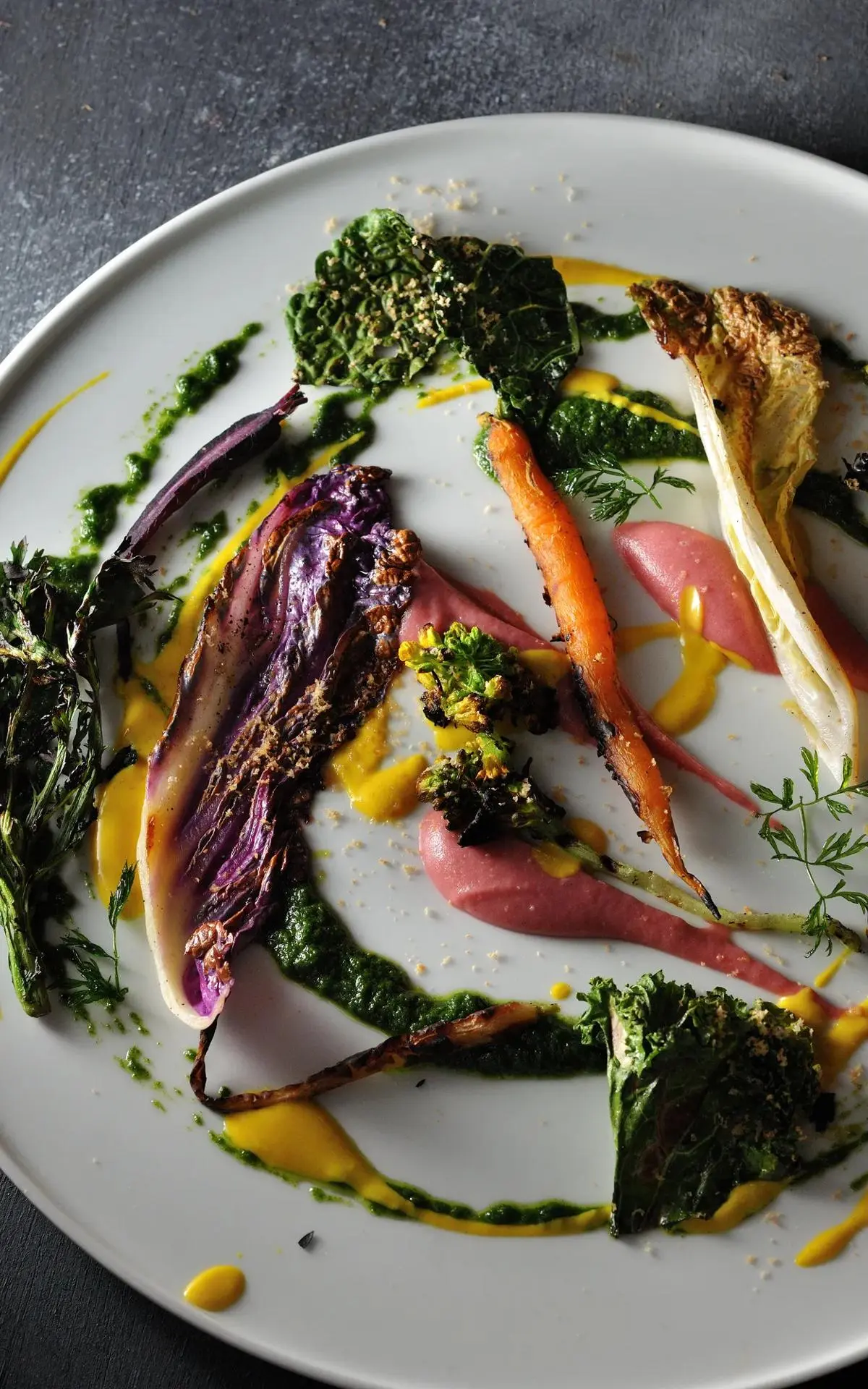
BECOME A VEGNEWS VIP: Get exclusive product deals, freebies, and perks galore!
From Denmark to Italy and Guatemala to China, the campaign spans continents. At Dragsholm Slot in Denmark, chef Rasmus Storm emphasizes unprocessed, organic and local ingredients, rejecting ultra-processed foods whether plant- or animal-based. At Castel Fragsburg in Italy, chef Egon Heiss implements a zero-waste kitchen and partners with youth services to run a garden for the restaurant, re-using scraps and promoting reusable containers. In Guatemala, chef Sergio Díaz and anthropologist Jocelyn Degollado restore value to local food heritage through a tasting menu that traces culinary history back to indigenous roots. In Beijing, chef Gary Yin uses the influential platform of King’s Joy to challenge China’s animal-centered norms, promoting vegetarian cuisine, responsible sourcing, and transparency in plastic- and energy-use.
From soil to plate
The through-line of the campaign is that every decision—from seed to supplier to menu design—matters. Intensive livestock and fish farming dominate much of the agricultural landscape: terrains once dedicated to diverse crops are now mostly used for feed-crops or grazing, reinforcing monocultures, biodiversity loss and high emissions.
The logic of the initiative is that by shifting ingredient profiles toward legumes, seeds, greens, seaweed, whole grains and plant-based proteins, we lighten that load. One commonly cited comparison: 100 grams of legume-derived protein emits only 0.9 kilograms of greenhouse gases, compared to 35.5 kilograms for the same amount of beef protein.
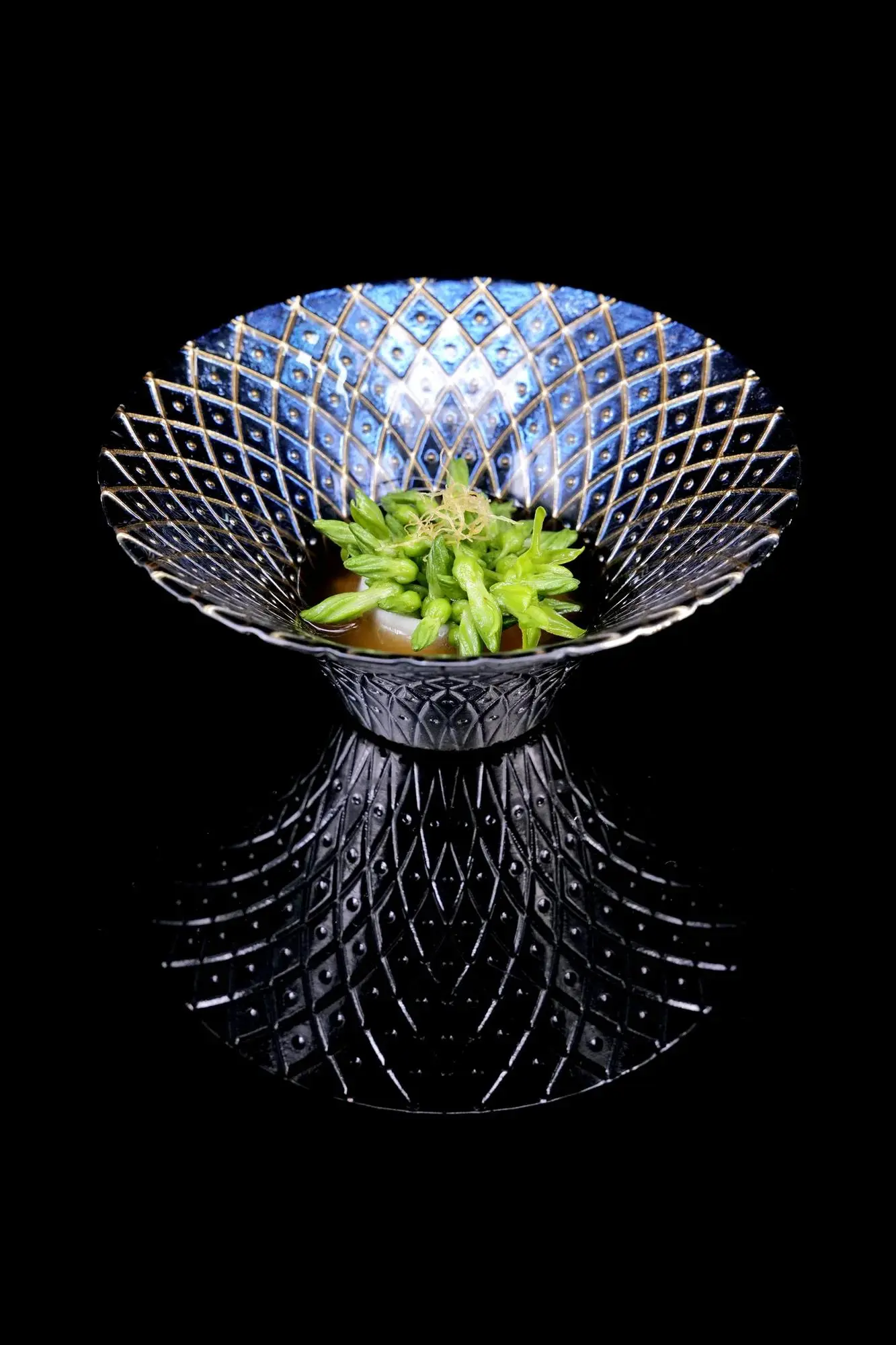
But the campaign isn’t focused solely on reducing emissions. It is also about elevating biodiversity, strengthening local supply lines, fostering shorter chains, and bringing agrarian culture back into the fore. As Edward Mukiibi encapsulated it, agro-ecology “not only boosts soil health and biodiversity” but “supports local producers and short supply chains.”
In practice, that means menus designed around what grows locally and sustainably, kitchens that refuse ultra-processed inputs, gardens run by restaurants, forage-based ingredients, heirloom veg-varieties and pulses preserved for their flavor and resilience. It means reducing waste, reforming supply chains, and rethinking the very notion of luxury dining—from extravagance toward ecological integrity.
The Plant the Future campaign thus serves as a hand-rail toward what fine dining could and should become: a place where culinary excellence and environmental stewardship are not at odds, but intertwined. Relais & Châteaux and Slow Food make clear that the time is now for chefs and diners alike to engage, innovate, and shift the narrative on what our plates can be.
For more plant-based stories like this, read:
JUMP TO ... Latest News | Recipes | Guides | Health | Subscribe

